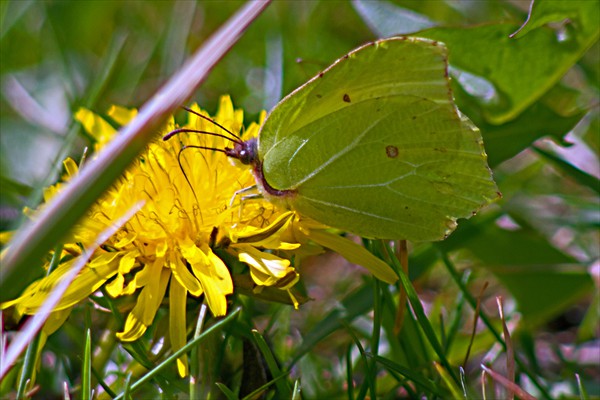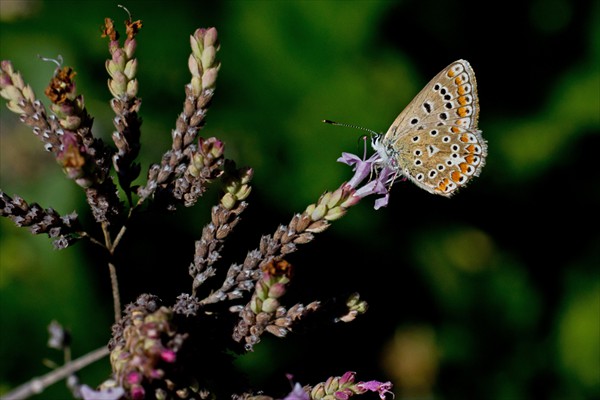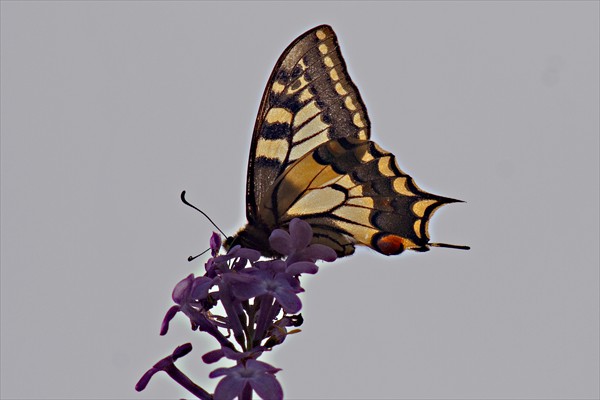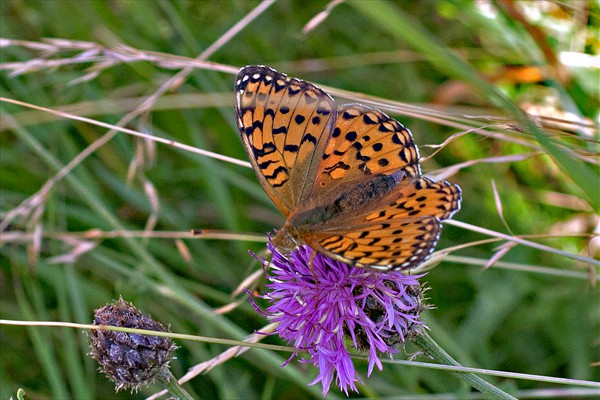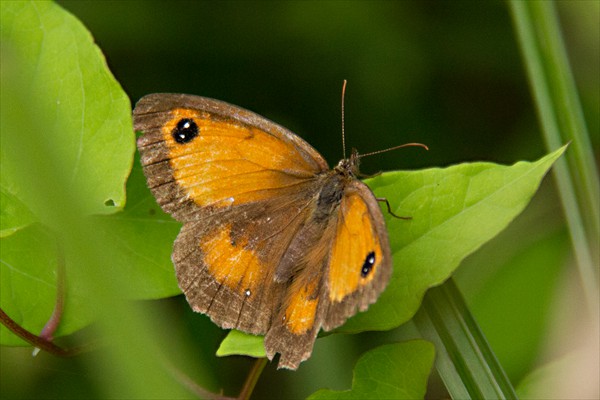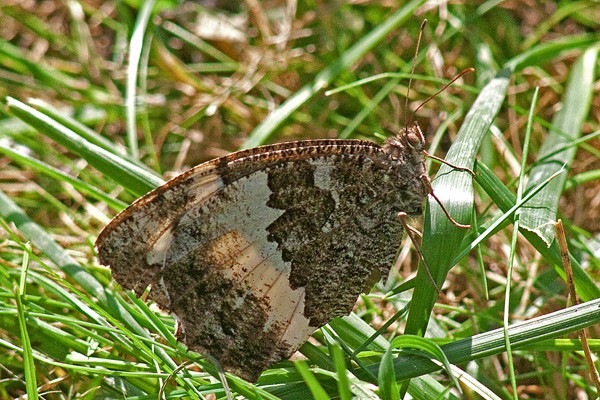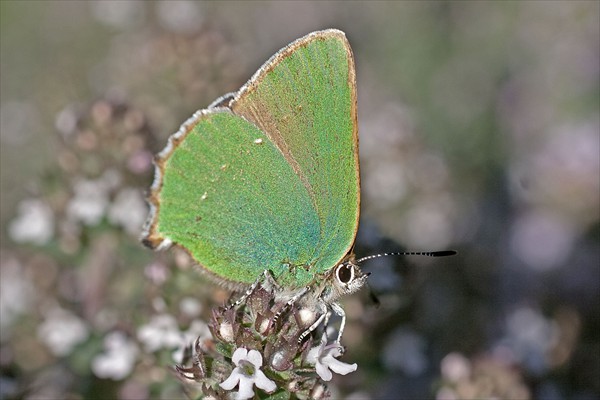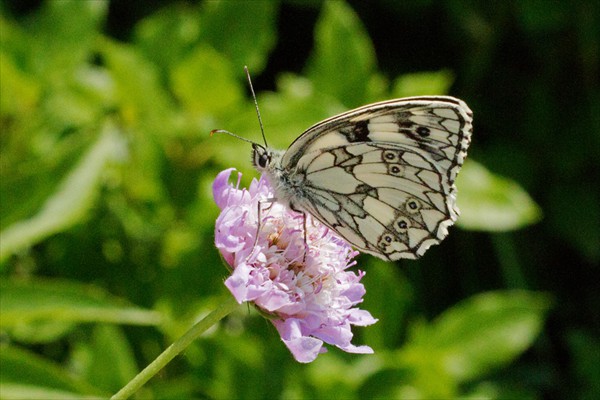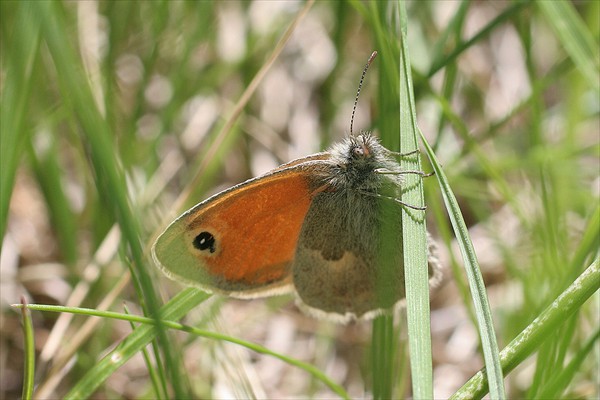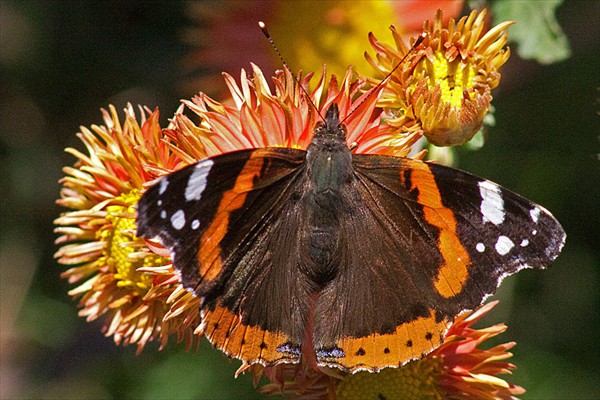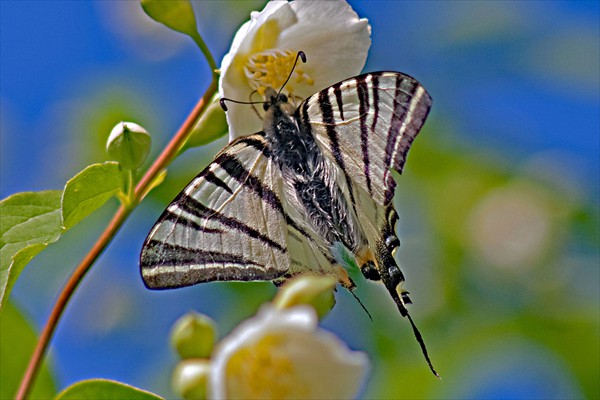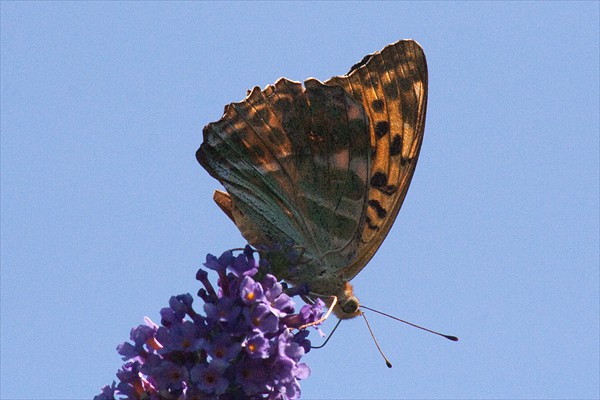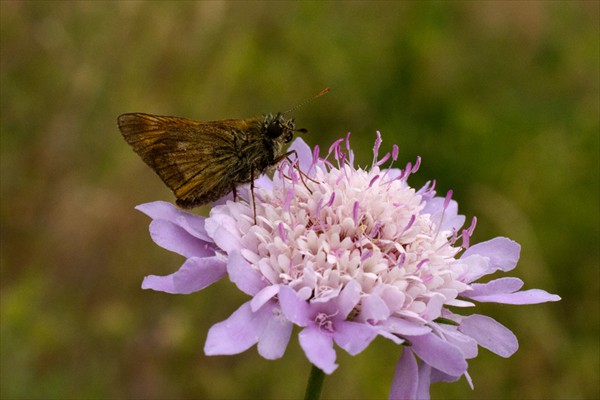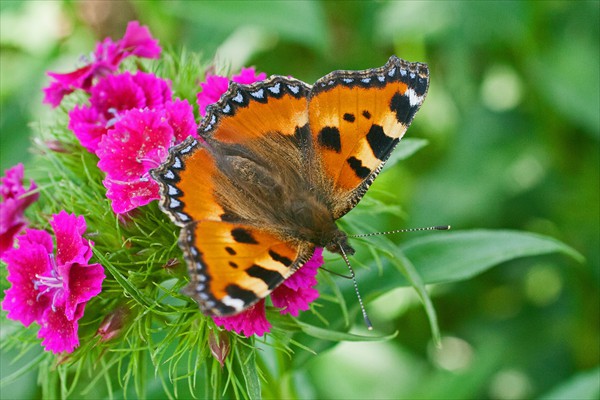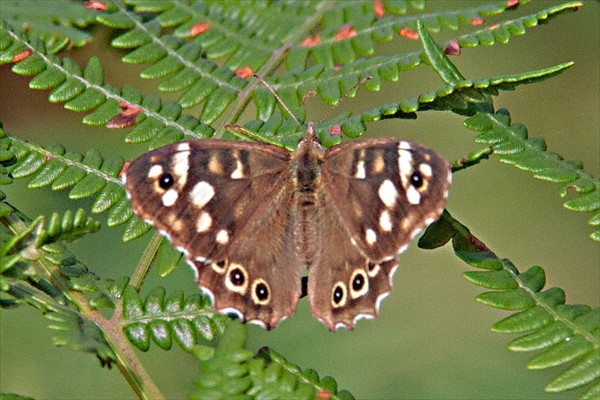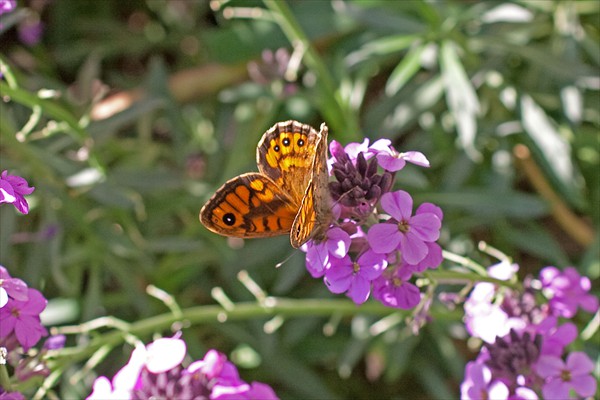These 'One Garden's Wildlife' pages illustrate the great variety of wildlife that can be seen in a single garden if you do the right things. All of the species shown here have been seen in or near Michèle Bailey's garden in Drôme Provençale and (except where otherwise stated), the images were taken there. Although close to the main transport axes of the Rhône valley, the garden lies in a secluded area of small scale mixed agriculture where there are few houses and (farming apart) little human activity. It is about 3,500 sq.m. in size, half of which is an orchard where the vegetation between the trees is allowed to grow wild and only mowed once a year in December.
One Garden's Wildlife: Butterflies & Moths
After birds, butterflies and moths are the most visible wildlife and they bring colour and movement to a garden. Both belong to the order Lepidoptera of which there are about 5,000 species in Europe; about 90% of these are moths. So what's the difference between a butterfly and moth? Well, the distinction is not scientific. There are a few rules of thumb but there are also exceptions to them all. Generally speaking, butterflies are diurnal, rest with their wings upright and have clubbed antennae (i.e. with little blobs on the end), whereas moths are nocturnal, rest with their wings outstretched or folded back and have feathery antennae. Some species have only one brood in a year (univoltine), others have several (polyvoltine) but most butterflies and moths only live a few weeks in their adult state. Thus, the arrival and departure of univoltine species such as the Marbled White will mark the passing of the seasons.
For a list of plants that will attract different butterflies into a garden, click here.
Below you will find two slide shows of some of the species that we have seen in our garden.
Butterflies
Moths
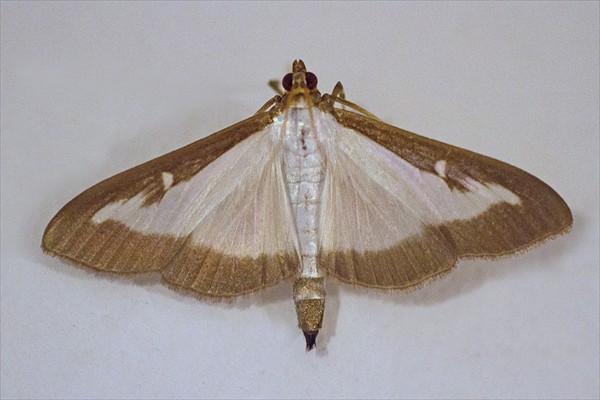 Not a moth to be encouraged - an Asian interloper whose caterpillars destroy box plants
Not a moth to be encouraged - an Asian interloper whose caterpillars destroy box plants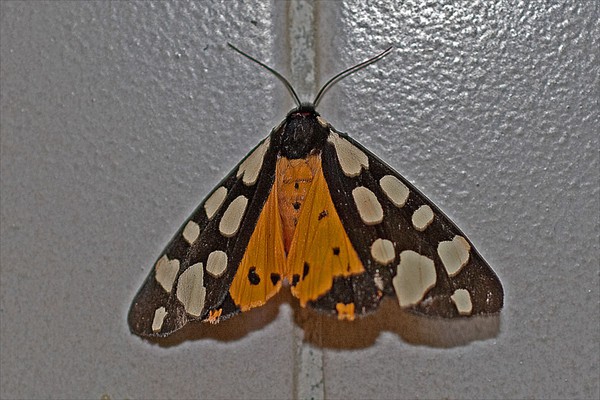
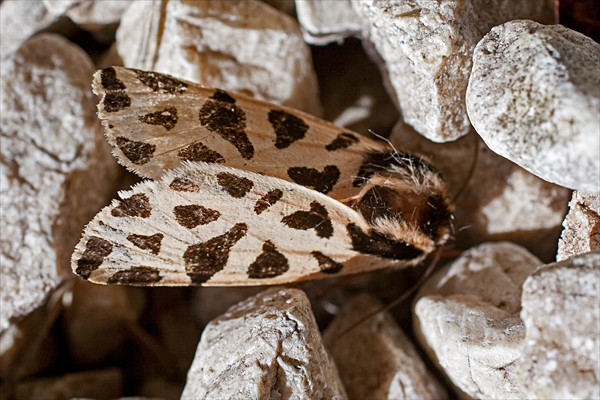
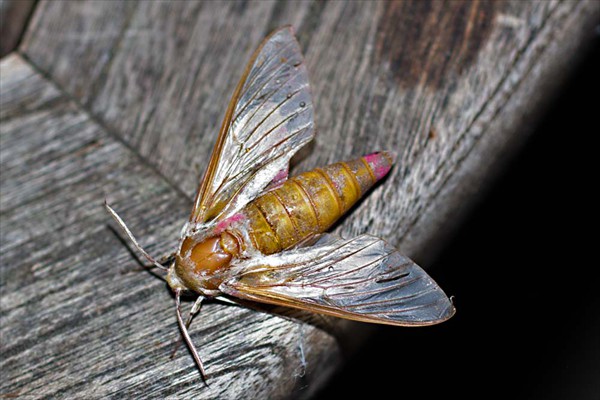
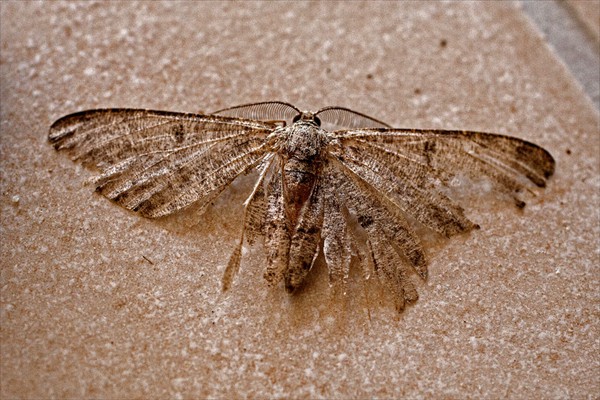
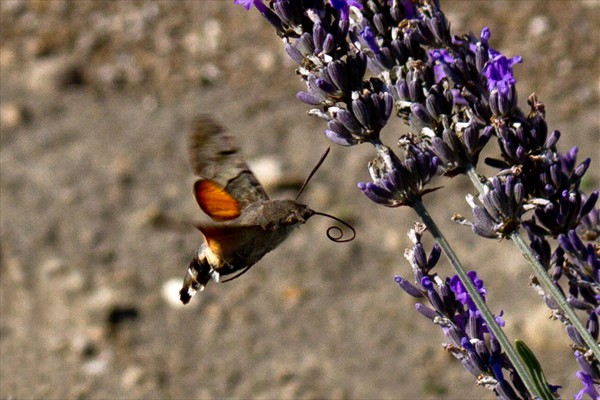
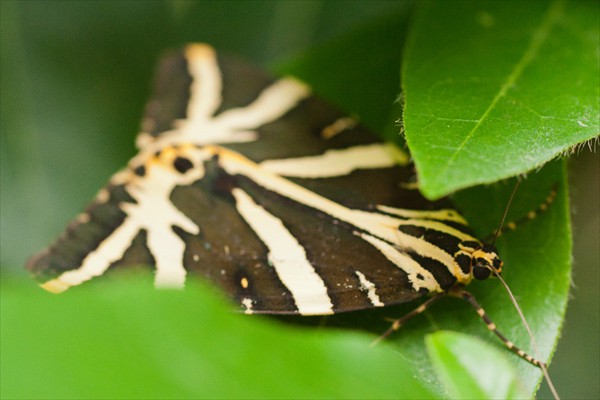
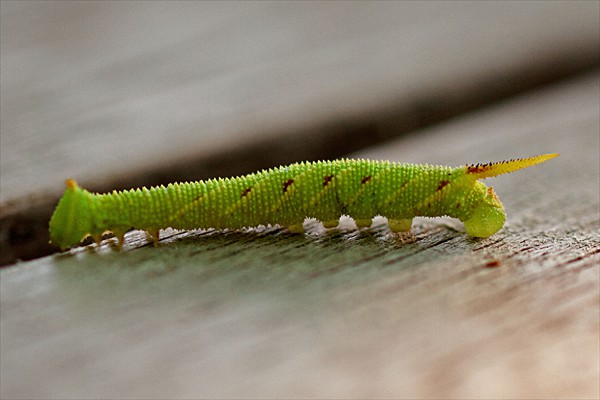
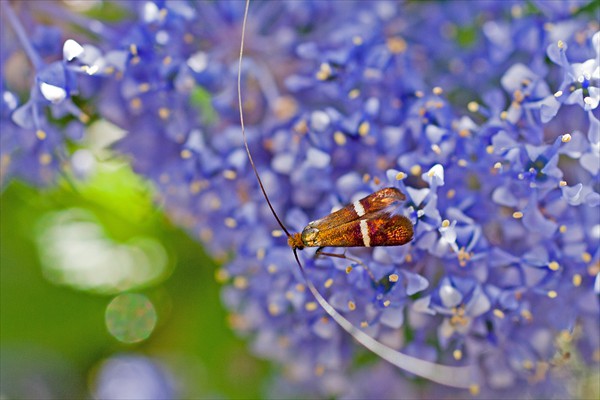 The antennae of this micro-moth (only 10mm long) are eight times its length.
The antennae of this micro-moth (only 10mm long) are eight times its length.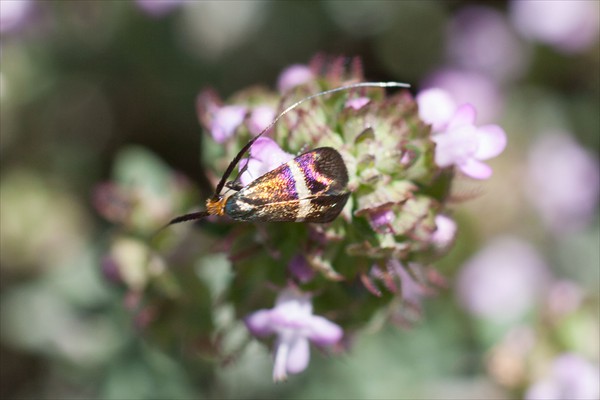 Note the much shorter antennae of the female.
Note the much shorter antennae of the female.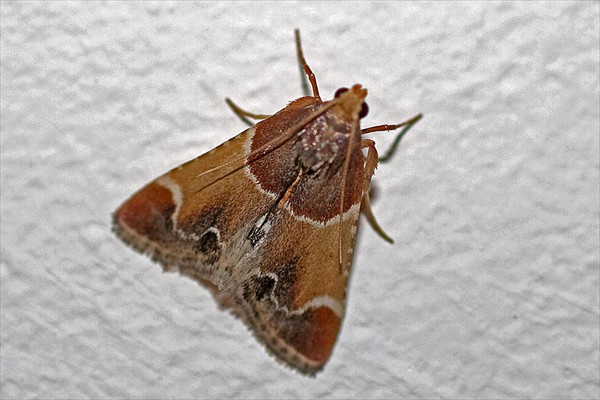
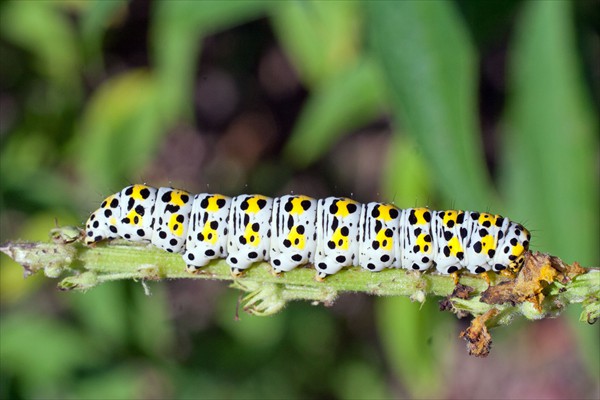
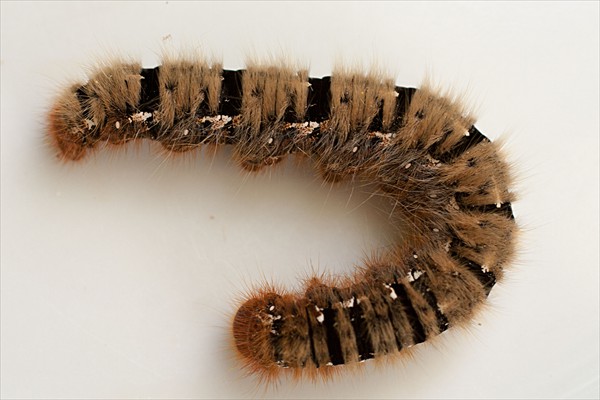
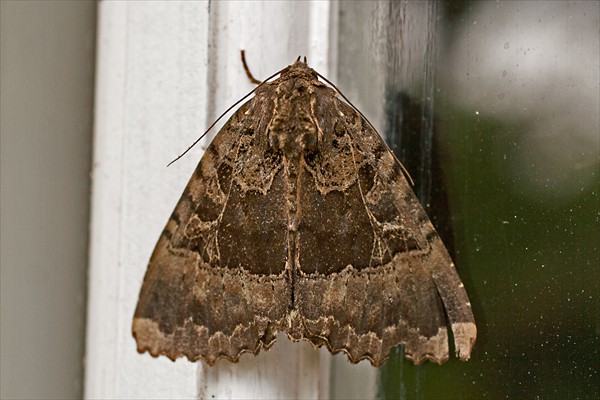
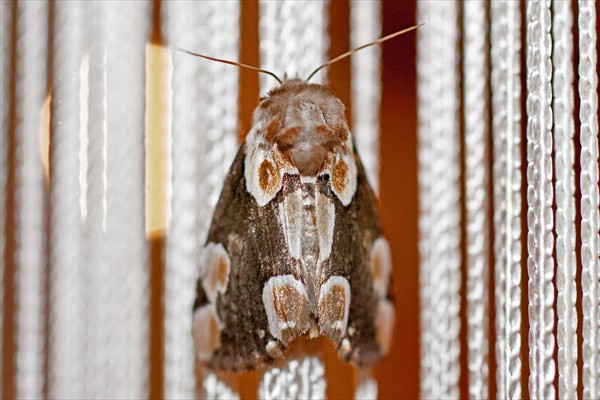
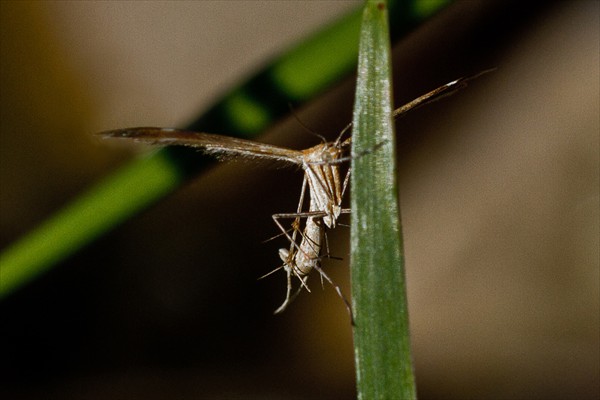
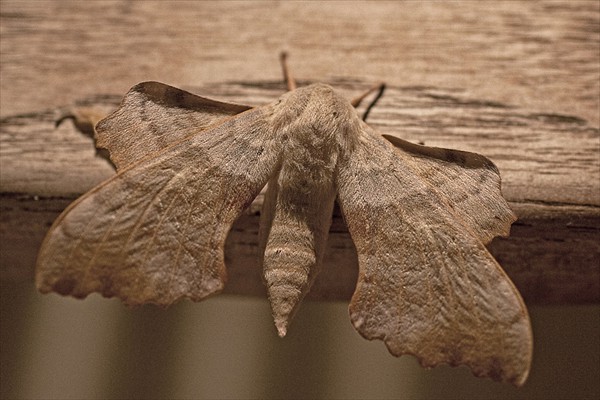
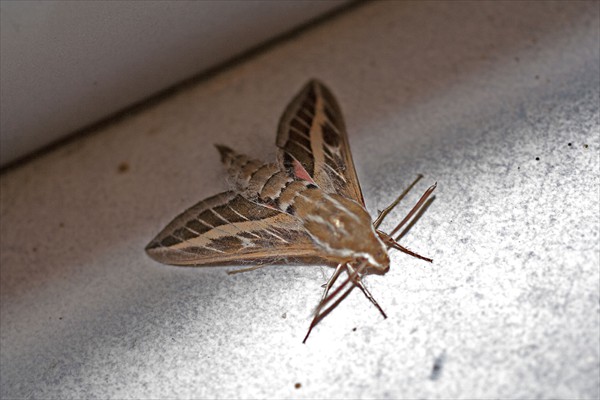
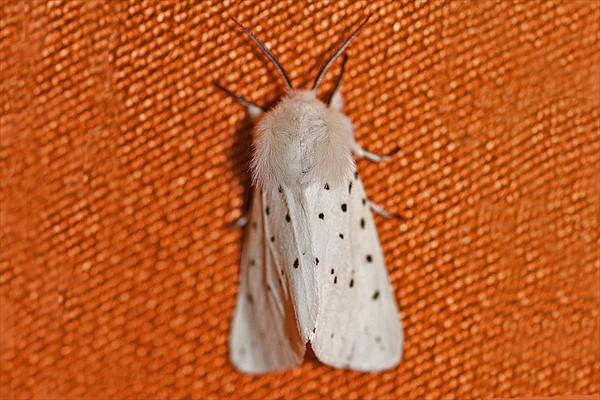
Want to know more? For butterflies: Collins Butterfly Guide by Tom Tolman. For moths (in French): Guide des papillons nocturnes de France edited by Roland Robineau.
Text & Photos: Ian Davis
